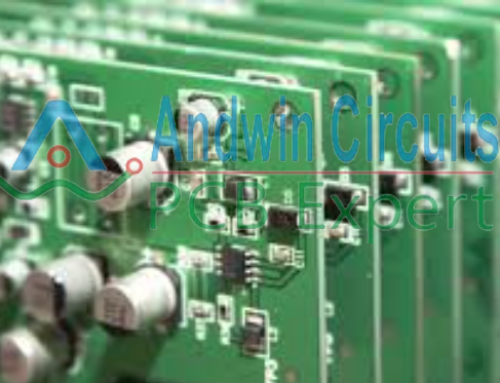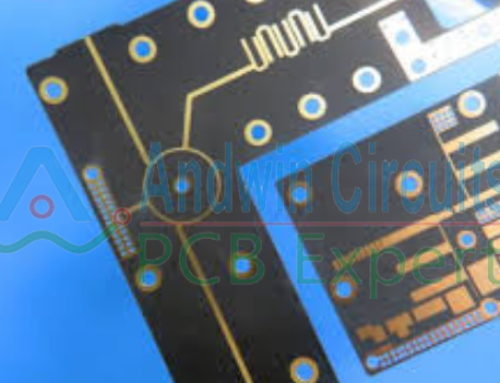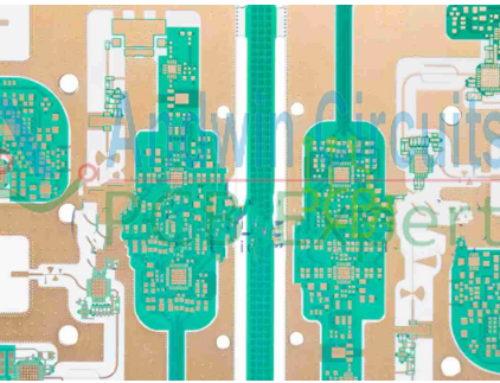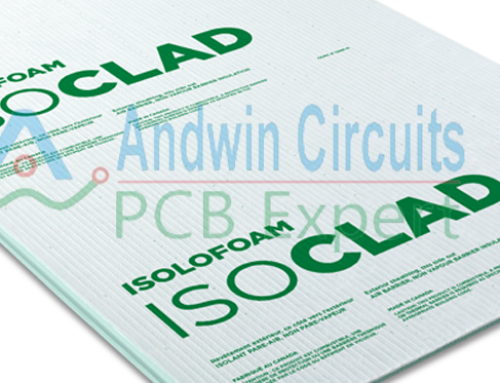High-Speed Rigid
Flex PCB Revolutionizing Electronic Design
In today’s fast-paced world, where technology is advancing at an unprecedented rate, the demand for high-speed and compact electronic devices is on the rise. To meet these requirements, engineers and designers are turning to innovative solutions, and one such solution is high-speed rigid-flex PCBs.
These circuit boards have revolutionized electronic design by combining the benefits of rigid and flexible PCBs into a single, versatile solution.
A high-speed rigid-flex PCB is a hybrid board that consists of both rigid and flexible sections interconnected through plated through-holes.
The rigid sections provide stability and support for components, while the flexible sections allow the board to bend and conform to fit into tight spaces or complex shapes. This unique combination offers numerous advantages, making it an ideal choice for various applications.
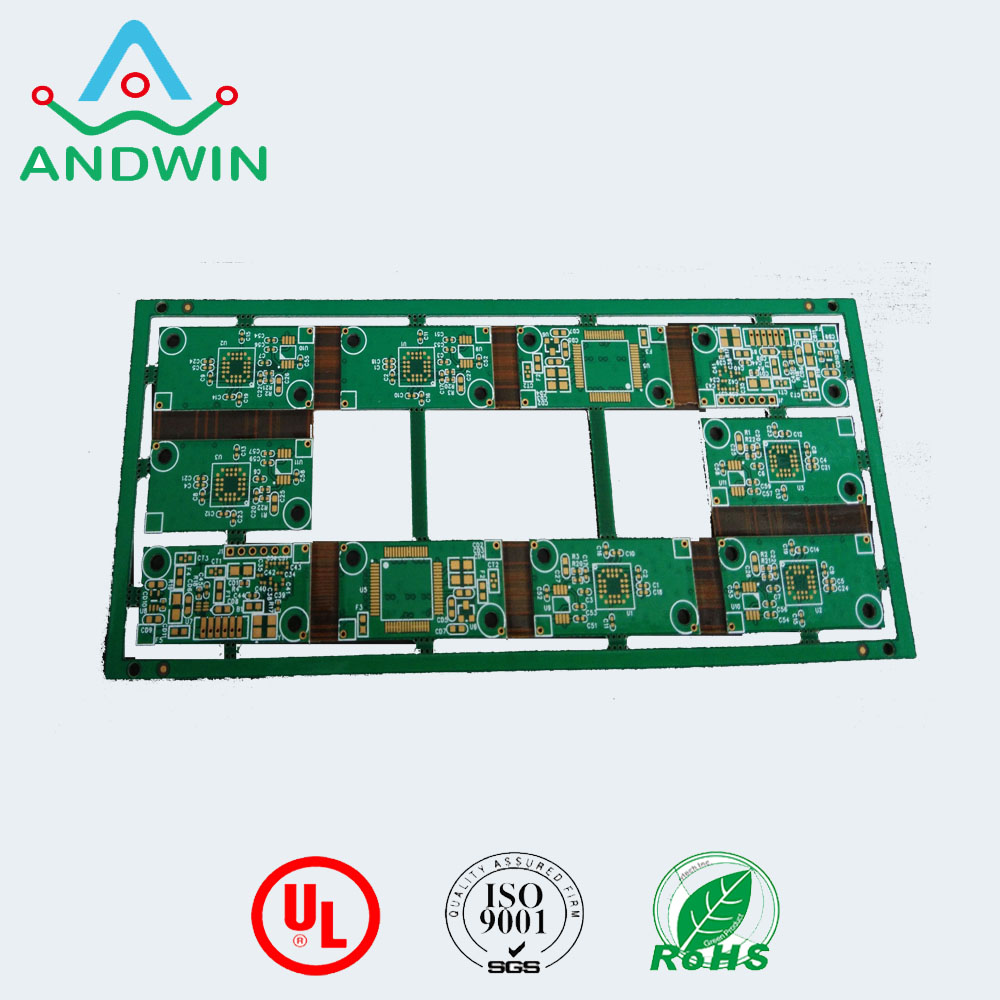
One of the significant advantages of high-speed rigid-flex PCBs is their ability to reduce the overall size and weight of electronic devices. By eliminating the need for connectors and cables, these boards enable designers to create more compact and lightweight products.
This is particularly beneficial in industries such as aerospace, medical, and consumer electronics, where space is often limited, and weight reduction is crucial.
Moreover, high-speed rigid-flex PCBs offer improved signal integrity and reliability. The elimination of connectors and cables reduces the number of interconnections, minimizing signal loss and electromagnetic interference.
This results in better signal transmission, reduced noise, and improved overall performance. Additionally, the flexible sections of the board provide excellent vibration resistance, making it suitable for applications that require durability and reliability.

Another key advantage of high-speed rigid-flex PCBs is their ability to support high-speed data transmission. With the increasing demand for faster and more efficient communication, these boards can handle high-frequency signals without compromising performance.
The combination of rigid and flexible materials allows for controlled impedance and reduced signal skew, ensuring reliable data transmission even at high speeds.
Furthermore, high-speed rigid-flex PCBs offer enhanced design flexibility. The ability to bend and flex the board opens up new possibilities for product design. Engineers can create three-dimensional shapes or fit the board into unconventional spaces, enabling the development of innovative and compact electronic devices. This flexibility also simplifies the assembly process, reducing the number of components and improving overall manufacturing efficiency.

Despite their numerous advantages, high-speed rigid-flex PCBs do require specialized design and manufacturing expertise. The complex nature of these boards demands careful consideration of factors such as material selection, layer stackup, and routing techniques.
Working with experienced PCB manufacturers and design engineers is crucial to ensure optimal performance and reliability.
In conclusion, high-speed rigid-flex PCBs have revolutionized electronic design by offering a versatile and compact solution for high-speed applications. Their ability to reduce size and weight, improve signal integrity, support high-speed data transmission, and provide design flexibility makes them an ideal choice for various industries.
As technology continues to advance, high-speed rigid-flex PCBs will play a crucial role in shaping the future of electronic devices, enabling the development of smaller, faster, and more reliable products.
Other PCB products, you may interesting










